After people began to have personal computers in their homes, it became fashionable to put cacti around them. Many believe that such a plant has the ability to reduce the level of harmful radiation or completely absorb it. But after some time, most of the PC users began to notice that for some reason their cacti were withering and dying. And the thing is that, despite its unpretentiousness and resistance to drought, this plant needs some care.
It should be understood that you need to care for cacti and deciduous houseplants in different ways. If you want a cactus to become a real decoration of your apartment, then before you start it, you need to ask how to properly care for it and what can harm this unusual flower.
Content
Features of cacti
The homeland of cacti is America. In the wild, cacti are capable of growing to significant sizes. Desert cacti thrive and thrive in the harsh semi-desert conditions found in Argentina, Chile, Mexico, Peru and Bolivia. Forest cacti in natural conditions can be found in the tropical jungle. Desert as well as forest species of cactus have significant differences, and in this regard, how to care for a cactus is determined by its type.
Varieties
At home, cacti are often grown, which are dwarf, they were born with the help of breeders. You can purchase a huge number of miniature varieties, while placing several dozen of them on the windowsill will not be difficult.
The most popular of the domestic desert cacti are such as: Knippel's echinocereus and crested, Peruvian Cereus, acorocactus whip-shaped, notocactus, prickly pear, dwarf rebution, echinopsis, Gruson's echinocactus, chamecereus asterozoa silstystumistaya, espiroglaya aspiregia
The varieties of forest cacti grown at home have no external resemblance to the usual cacti. In the wild, they prefer to grow under or on trees. At home, epiphyllum, ripsalidopsis, and zygocactus (Christmas or Decembrist) are most often grown.
Features of room care
In the event that you purchased this plant not to protect yourself from radiation, but to decorate your apartment, then try to choose the most suitable place for it.
Desert cactus species require a lot of sunlight. In this regard, experts advise that they should be placed on a window with a southern or eastern orientation. And the varieties of forest cacti, including zygocactus, are recommended to be placed on windows with a north or west orientation. If you place a Christmas tree on a south-facing window, then its leaf plates will become faded, and failures will begin between the periods of flowering and rest.
In the summer, these plants are best taken out into fresh air (balcony). If the apartment is very warm in winter, then for cacti it is necessary to maintain high humidity. However, it should be borne in mind that in winter, almost all varieties of cacti have a dormant period. In this regard, it is recommended to transfer them to a cool room (from 15 to 17 degrees) and place them in partial shade or shade.
Although the plant is drought-resistant, it cannot be watered at all. It is allowed to skip one watering, but it is better to carry out this procedure as needed and do not forget that the cactus, like all other plants, needs water. For watering, you must use water at room temperature, which must be defended throughout the day. If possible, it is recommended to water the cacti with rain or melt water.
Approximate watering plan:
- in spring and summer - daily or once every two days;
- autumn period - once every 5–7 days;
- winter period - once every 1–1.5 weeks.
The basic principle of watering is that the more abundant and more often watering will be, the warmer it is in the room.
It should also be remembered that the cactus grows actively in the warm months, while it begins to bloom in the cold season. In the event that you want your cactus to bloom, then he just needs to arrange a dormant period.
Transplanting cacti
It is necessary to transplant a cactus only when it becomes cramped in the pot. This procedure is carried out in the spring, at a time when the period of intensive growth begins. 2–3 days before the transplant, the cactus should be stopped watering, since the soil should freely crumble from the roots. In order not to hurt yourself on the cactus, it must be wrapped in several layers of paper or high-density fabric.
Young specimens require an annual transplant, and those who are 3 or 4 years old need this procedure once every few years.
The container for planting must be chosen compact, so that the root system fits into it, and there is no empty space. At the bottom of the pot, you need to lay out a drainage layer and add a small amount of the substrate. After that, you need to hold the plant with your hand and lower its roots into the container. At the same time, with the other hand, you need to slowly pour the soil into the container until it fills the pot. In this case, the soil surface should be one centimeter below the edge of the container. The base of the stem should not be buried in the substrate. In order to pour the soil into the pot more densely, you need to systematically tap on its walls. The optimal composition of the soil mixture for a given plant: washed river sand, peat, leaf soil and charcoal. The soil needs slightly acidic and loose. If desired, you can buy soil mixture for cacti in a special store.
Reproduction of cacti
Cacti can be propagated by seed, as well as by shoots. The second method is very simple and effective, and therefore is more popular with flower growers. However, those who consider themselves a true cactus breeder will definitely want to grow a cactus from seed with their own hands. However, it should be borne in mind that this method of reproduction is rather complicated and ineffective.
For vegetative reproduction, shoots are used that are taken from adult specimens. Such cuttings, as a rule, have small roots, and in this regard, rooting is quite quick and easy.
The seeds of these plants purchased in a special store must be disinfected by immersing them for a while in a strong solution of manganese potassium. After that, they are germinated by placing them in a humid environment. The seeds of some types of sprouts may appear after a day, while others will take several weeks for this.
Psychologists have found that people who are dryish and restrained in emotions most often grow cacti, but in fact they are very impressionable and vulnerable.


Watch this video on YouTube

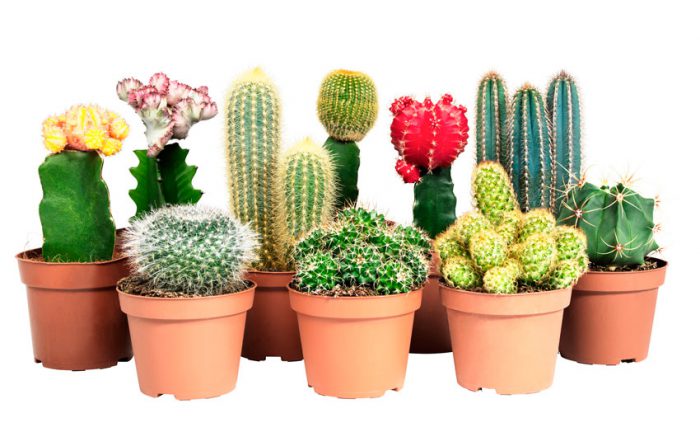
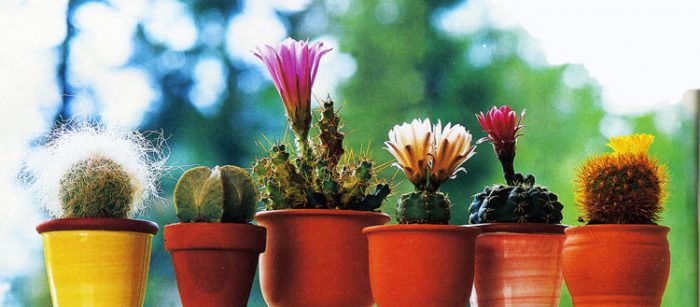
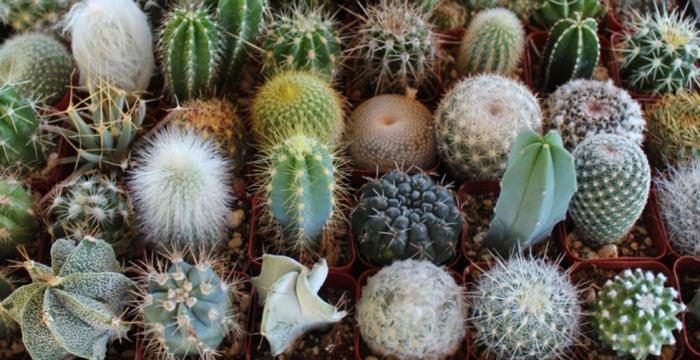
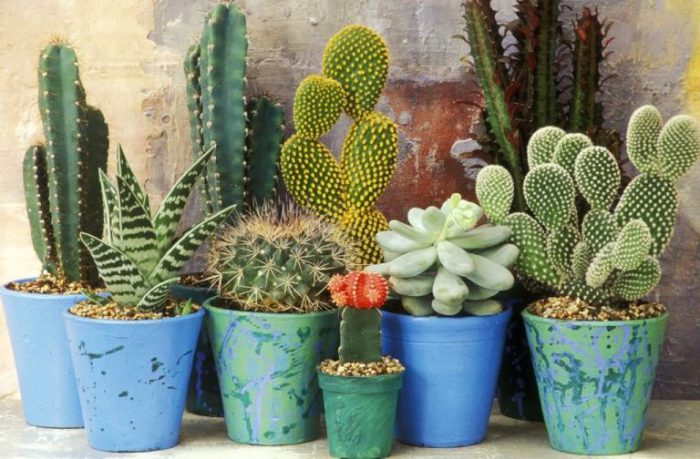
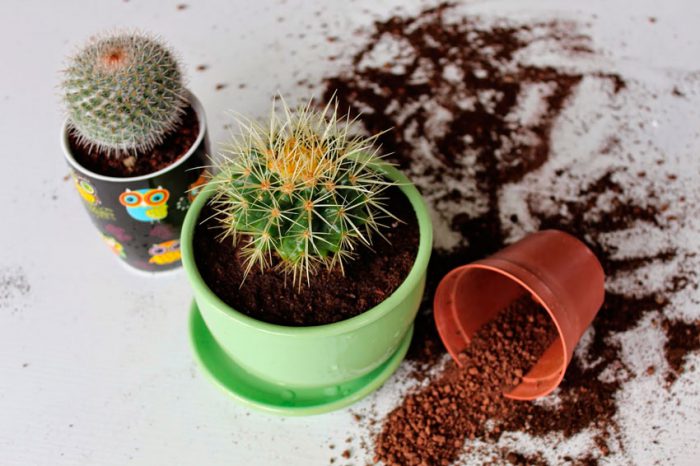
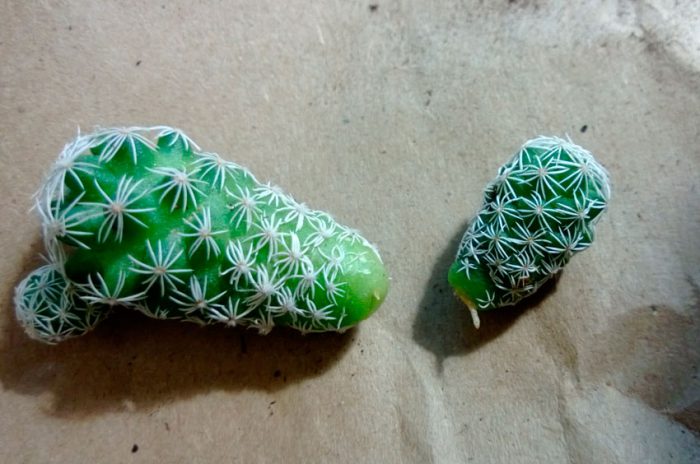










Thank. They helped a lot.
More than seven years ago I bought a mixture of cactus, they grew up different, never bloomed, live in a warm house, the earth is constantly dry. Question When will they bloom?
My cactus lives on the balcony, I water the southern windows when I remember in summer, and once a month in winter. Blooming by spring. This year there were two flowers and now two more should bloom one of these days